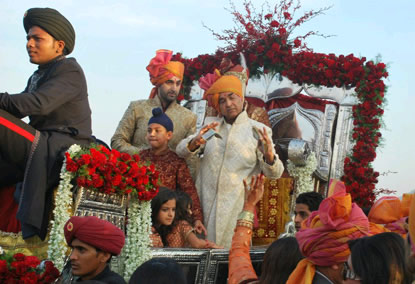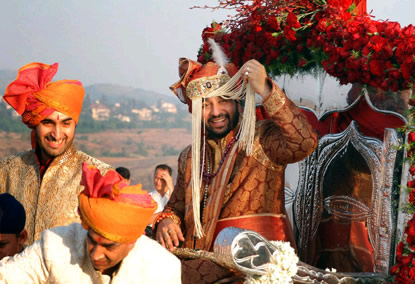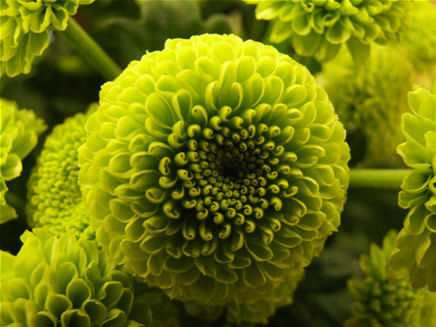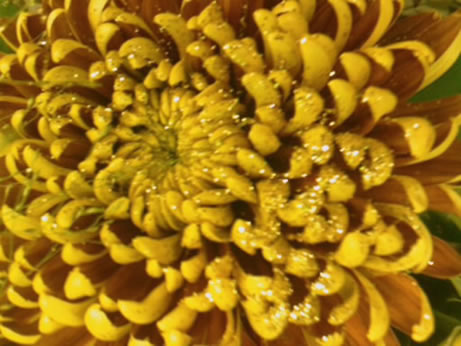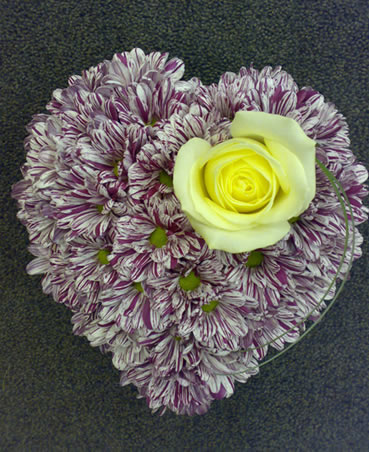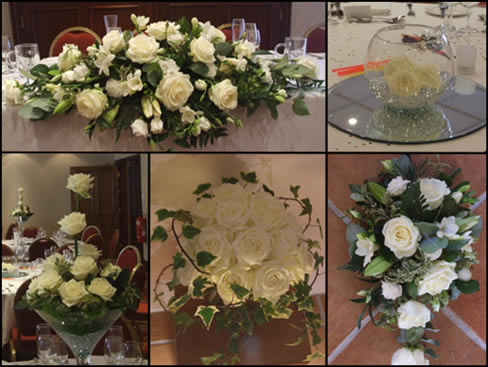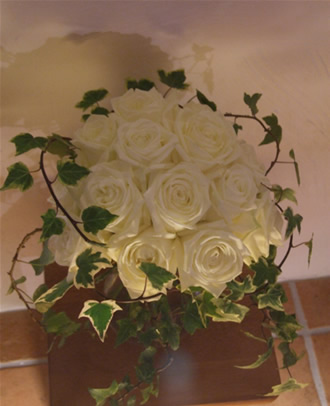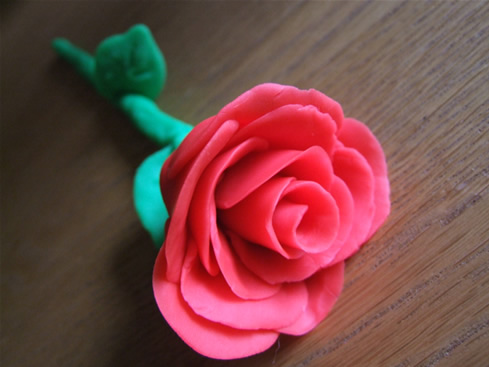
After James May’s Plasticine Garden at Chelsea, I was tempted to make my own plasticine flowers. If you fancy having a go yourself there’s a step by step guide below to make a rose suitable for kids or big kids.
You will need a few colours of plasticine including green for leaves and some heavy gauge florist wires. (If you don’t want to let children use wires a pencil will do) The plasticine will need rolling a little to make it pliable. Start by rolling the colour for your petals into a thin sausage shape. Cut several small pieces of the plasticine and press flat into oval shapes. These are the small petals for the centre of your rose.
Take your smallest petal and loosely roll it up to make the centre of your rose. The next petal is placed around the open edge of the centre petal. Continue adding more petals always placing them over the open edge of previous petals. When you have used all your small petals, roll another long piece of plasticine. Make this piece slightly thicker than the first and cut into pieces, which should make bigger petals. Press them into flat ovals again and add to the rose. Each layer of petals should be slightly looser to make a nice open rose.
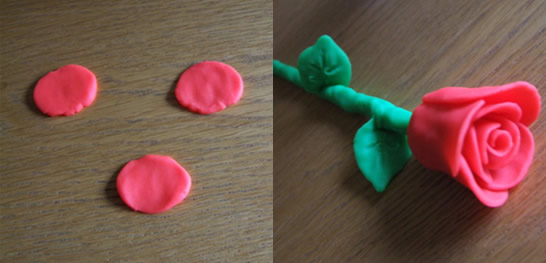
When you are happy with the number of petals on the flower, you can make the flower stem. Take your green plasticine and roll it until pliable. Gather together about five wires and mould the green plasticine around them leaving a little wire showing at the end to place your flower head on. To make leaves follow the directions for making petals and then pinch at one end to make the tip of the leaf. If the leaves are too heavy you can push a short wire through up centre to support them. Place the leaves along the stem and push the flower head on the top of the stem. You should be able to make several flowers from one pack of plasticine.


